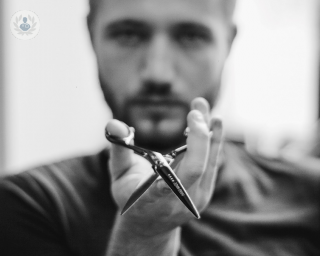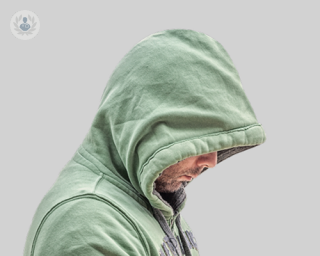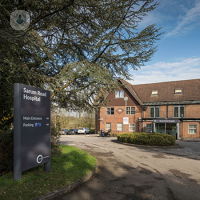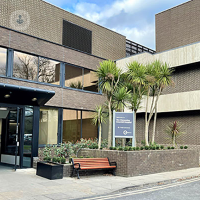Circumcision
Miss Marie-Klaire Farrugia - Paediatric urology
Created on: 11-13-2012
Updated on: 05-31-2023
Edited by: Aoife Maguire

What is circumcision?
Circumcision is the total or partial removal of the foreskin of the penis via a surgical procedure. The foreskin is the skin that covers the head (or glans) of the penis. A general anaesthetic will be used to render the patient unconscious during the procedure or a local anaesthetic will be used to numb the area.
Why is it done?
There are several reasons why circumcision is performed. Some religions and cultures circumcise all male children – this is common in Jewish and Islamic communities as well as several African countries.
There are also a number of medical reasons:
- Phimosis – tight foreskin, which is difficult or impossible to retract. This can cause pain when the penis is erect.
- Paraphimosis – after being retracted, the foreskin cannot return to its natural position. It can restrict blood flow and cause pain, inflammation and swelling of the head of the penis, and more serious complications.
- Recurrent balanitis – inflammation of the foreskin and glans.
- Penis cancer
What does circumcision consist of?
Circumcision is a very simple operation, and is usually performed as a day case. The patient is anaesthetised, either with a general anaesthetic, which makes them unconscious, or a local anaesthetic, which numbs the area.
The foreskin is removed using a scalpel or surgical scissors to behind the head of the penis and the remaining skin is stitched back together with dissolvable stitches.
Preparation for circumcision
Circumcision is considered a very safe treatment. No previous preparation is needed. However, if the patient is going to have a general anaesthetic, they will usually be instructed not to eat or drink anything for several hours before the operation.
Care after the intervention
The recovery of the patient after a circumcision is very fast. Adult patients are usually advised to take a week off work to allow recovery. During this time, it is recommended to wear loose, comfortable clothes. For the first 3-4 days there may be some swelling and discomfort around the head of the penis. Painkillers, such as paracetamol or ibuprofen are usually prescribed to help with the pain. The penis usually heals fully in around ten days. However, it is usually advised not to engage in sexual activity for a full four weeks after the surgery.
















